Home>Garden Essentials>Which Grass Ground Cover Is The Best?
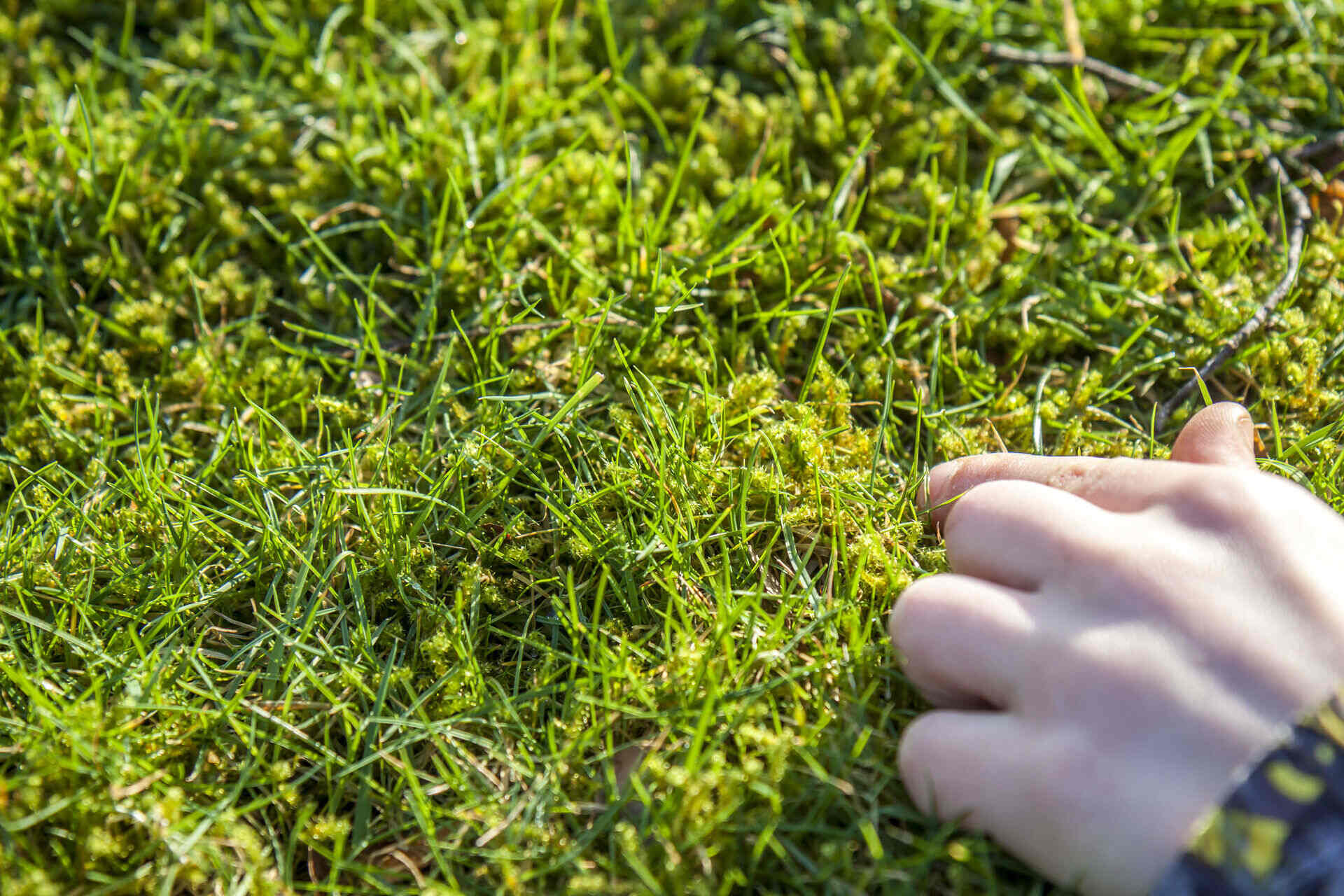

Garden Essentials
Which Grass Ground Cover Is The Best?
Modified: March 7, 2024
Looking for the best grass ground cover for your garden? Discover expert recommendations and make an informed decision for a lush and beautiful outdoor space.
(Many of the links in this article redirect to a specific reviewed product. Your purchase of these products through affiliate links helps to generate commission for Storables.com, at no extra cost. Learn more)
Introduction
When it comes to creating a beautiful and lush garden, one of the most crucial aspects to consider is the choice of ground cover. The right grass ground cover not only enhances the aesthetic appeal of your garden but also plays a vital role in soil erosion prevention, weed suppression, and water conservation. With a wide variety of grass options available, it’s essential to select the one that best suits your specific needs and environmental conditions.
In this article, we will explore some of the top grass ground cover options and discuss their unique characteristics, benefits, and considerations. Whether you’re looking for a durable grass for high traffic areas or a low-maintenance option for shady spots, we’ve got you covered.
Before delving into the specific types of grass, it’s essential to take into account a few key factors that will influence your decision. These factors include:
- Climate: Consider the climate of your region, including temperature extremes, rainfall patterns, and sunlight exposure.
- Soil Type: Different grasses thrive in various soil conditions, such as sandy, clay, or loamy soil. Assess your soil’s pH level and nutrient content.
- Usage: Determine the intended use of the area you’re covering. Some grasses are more suitable for high traffic areas, while others are better for ornamental purposes.
- Maintenance: Consider the level of maintenance you’re willing to put in. Some grasses require more frequent mowing, watering, fertilizing, and pest control.
By taking these factors into consideration, you can make an informed decision about which grass ground cover will best suit your needs. Now, let’s explore some of the popular options available.
Key Takeaways:
- Choose Bermuda grass for a durable, low-water, and heat-tolerant ground cover in hot and sunny areas. Perfect for high-traffic spots like sports fields and playgrounds.
- Opt for Zoysia grass for a visually appealing, low-maintenance lawn with heat and cold tolerance. Ideal for creating lush, dense lawns in warm climates.
Read more: Which Ground Cover Is Best For Full Sun
Factors to Consider
When choosing a grass ground cover for your garden, it’s important to consider several factors that will impact how well the grass thrives in your specific environment. Here are some key considerations:
- Climate: Different grasses have different climate preferences. Some thrive in warmer climates, while others are more suitable for cooler regions. Consider the average temperature, rainfall patterns, and seasonal variations in your area.
- Sunlight: It’s important to assess the amount of sunlight your garden receives. Some grasses can tolerate shade, while others require full sun exposure to grow properly.
- Soil Type: The type of soil in your garden will influence the success of your grass ground cover. Consider the soil texture (sandy, loamy, or clay), drainage ability, and pH levels.
- Water Requirements: Some grasses are more drought-tolerant and require less water, while others need regular watering to thrive. Assess your willingness and ability to provide adequate irrigation.
- Maintenance: Consider the level of maintenance required for each type of grass. Some grasses need frequent mowing, fertilizing, and pest control, while others are low-maintenance options.
- Pest and Disease Resistance: Certain grass types are more resistant to pests and diseases, reducing the need for chemical interventions. Evaluate the common pests and diseases in your area.
- Intended Use: Determine the purpose of your grass ground cover. Are you looking for a lawn for recreational activities, a pet-friendly area, or an ornamental garden? Choose a grass that suits your specific needs.
Considering these factors will help you narrow down your options and select the most suitable grass ground cover for your garden. Now, let’s explore some popular grass varieties and their unique characteristics.
Bermuda Grass
Bermuda grass (Cynodon dactylon) is a warm-season grass that thrives in hot and sunny climates. It is known for its exceptional durability, making it an excellent choice for high-traffic areas such as sports fields and playgrounds. Bermuda grass has a rapid growth rate and can quickly recover from wear and tear.
One of the key benefits of Bermuda grass is its heat tolerance. It can withstand scorching temperatures and requires minimal water compared to other grass types. This makes it an ideal choice for regions with hot and dry climates.
Furthermore, Bermuda grass has great drought tolerance, thanks to its deep root system that allows it to access water from lower soil layers. This makes it an excellent option for water conservation efforts.
However, there are a few considerations to keep in mind when choosing Bermuda grass. Firstly, it does not tolerate shade well and requires full sun exposure to thrive. If you have shaded areas in your garden, you may need to consider other grass options.
Additionally, Bermuda grass has an aggressive growth habit, making it prone to invading garden beds and other areas where it is not desired. Regular monitoring and maintenance are necessary to keep it in check.
Overall, Bermuda grass is a popular choice for hot and sunny climates, thanks to its durability, heat tolerance, and water conservation attributes. It’s an excellent option for high-traffic areas and those looking for a resilient grass ground cover.
Zoysia Grass
Zoysia grass (Zoysia spp.) is a warm-season grass that is highly desirable for its attractive appearance and low-maintenance requirements. It is known for its lush, dense growth and fine-textured foliage, making it a favorite choice for those seeking a visually appealing lawn.
One of the key advantages of Zoysia grass is its excellent heat tolerance, similar to Bermuda grass. It can withstand scorching temperatures and is well-suited for regions with hot climates.
Another notable characteristic of Zoysia grass is its ability to tolerate cold temperatures better than other warm-season grasses. It can endure frost and recover well during the spring, making it suitable for transitional climates.
In terms of maintenance, Zoysia grass is known for its low maintenance requirements. It has a slow growth rate, which means less frequent mowing and reduced need for fertilization. It can also tolerate drought conditions and requires less water compared to other grass varieties.
While Zoysia grass has several benefits, it does have a few considerations to keep in mind. Firstly, it is not as wear-tolerant as Bermuda grass, so it may not be the best choice for heavy foot traffic areas. If you have children or pets that frequently use the lawn, you may need to consider a more resilient option.
Additionally, Zoysia grass prefers full sun exposure but can tolerate partial shade. However, it may not thrive in heavily shaded areas, so it’s important to provide adequate sunlight for optimal growth.
Overall, Zoysia grass is an excellent choice for those seeking a visually appealing and low-maintenance grass ground cover. Its heat tolerance, cold tolerance, and dense growth make it a popular option for many homeowners.
Consider the climate and soil conditions in your area when choosing a grass ground cover. Some popular options include Bermuda grass for warm climates, fescue for cooler climates, and zoysia for a mix of both.
Kentucky Bluegrass
Kentucky Bluegrass (Poa pratensis) is a cool-season grass that is highly valued for its beautiful appearance and ability to withstand cold temperatures. It is a popular choice for lawns in regions with moderate climates, particularly in the northern parts of the United States.
One of the main attractions of Kentucky Bluegrass is its unique dark green color and fine texture, which gives it a luxurious look. It forms a dense and uniform turf that is ideal for creating a stunning lawn.
In addition to its aesthetic appeal, Kentucky Bluegrass has excellent wear tolerance, making it suitable for high-traffic areas. It can withstand heavy foot traffic and recover well from damage, which makes it a preferred choice for sports fields and play areas.
Another advantage of Kentucky Bluegrass is its ability to self-repair. It has a strong rhizomatous growth habit, allowing it to spread and fill in bare spots quickly. This makes it particularly useful for lawns that experience frequent use or that are prone to damage from pets and children.
However, there are a few considerations to be aware of when choosing Kentucky Bluegrass. It requires ample sunlight to thrive and may struggle in areas with heavy shade. Additionally, it has moderate water needs and may require regular watering during dry spells or hot weather.
Moreover, Kentucky Bluegrass has a slower germination and establishment process compared to some other grass types. It may take longer to establish a new lawn or repair damaged areas.
Overall, Kentucky Bluegrass is an excellent choice for those seeking a visually appealing and resilient grass ground cover in moderate climates. Its dark green color, fine texture, wear tolerance, and self-repairing abilities make it a popular option for many homeowners.
St. Augustine Grass
St. Augustine grass (Stenotaphrum secundatum) is a warm-season grass that is well-suited for tropical and subtropical regions. It is known for its lush and wide-bladed foliage, creating a dense and carpet-like appearance.
One of the notable advantages of St. Augustine grass is its shade tolerance. It can thrive in areas with partial shade, making it an excellent choice for gardens with trees or structures that provide some shade. It can also withstand heat and humidity well, making it popular in coastal regions.
St. Augustine grass has a moderate growth rate, which means less frequent mowing compared to fast-growing grasses. It forms a thick and dense turf that helps suppress weeds, reducing the need for herbicides.
Furthermore, St. Augustine grass has good salt tolerance, making it suitable for areas near the coast or those exposed to saltwater spray. It can withstand some salt levels in the soil, making it ideal for coastal gardens.
However, there are a few considerations to keep in mind when choosing St. Augustine grass. It has high water requirements and may need regular watering to maintain its lush appearance. It may not be the best choice for areas with water restrictions or those with limited access to irrigation.
Additionally, St. Augustine grass has less wear tolerance compared to grass varieties like Bermuda grass. It is not as resilient in high-traffic areas and may require more careful maintenance to prevent damage.
Overall, St. Augustine grass is an excellent option for those looking for a shade-tolerant and visually appealing grass ground cover in warm and coastal regions. Its lush foliage, good salt tolerance, and weed suppression capabilities make it a popular choice for many homeowners.
Conclusion
Choosing the right grass ground cover for your garden is essential for creating a beautiful, sustainable, and functional outdoor space. Understanding the factors that influence your decision, such as climate, sunlight exposure, soil type, water requirements, maintenance level, and intended use, will help you make an informed choice.
Throughout this article, we have explored some of the top grass varieties commonly used as ground cover options. Bermuda grass is a popular choice for its durability and heat tolerance, making it ideal for high-traffic areas. Zoysia grass stands out for its low-maintenance requirements and lush appearance, while Kentucky Bluegrass excels in its ability to withstand cold temperatures and self-repair damaged spots. St. Augustine grass is known for its shade tolerance and salt tolerance, making it a great option for tropical and coastal regions.
Ultimately, the best grass ground cover for your garden will depend on your specific needs, environmental conditions, and personal preferences. It’s important to assess the unique characteristics and considerations of each grass variety, weighing them against your requirements and limitations. Consulting with local experts or horticulturists can also provide valuable insights and guidance.
Remember, when selecting a grass ground cover, it’s important to strike a balance between aesthetics and practicality. By considering factors such as climate, sunlight, soil, maintenance, and usage, you can create a thriving lawn that enhances the beauty of your garden while meeting your practical needs.
Take your time to evaluate your options and choose the grass ground cover that best suits your unique garden and lifestyle. With the right choice, you’ll have a beautiful, sustainable, and enjoyable outdoor space for years to come.
Frequently Asked Questions about Which Grass Ground Cover Is The Best?
Was this page helpful?
At Storables.com, we guarantee accurate and reliable information. Our content, validated by Expert Board Contributors, is crafted following stringent Editorial Policies. We're committed to providing you with well-researched, expert-backed insights for all your informational needs.
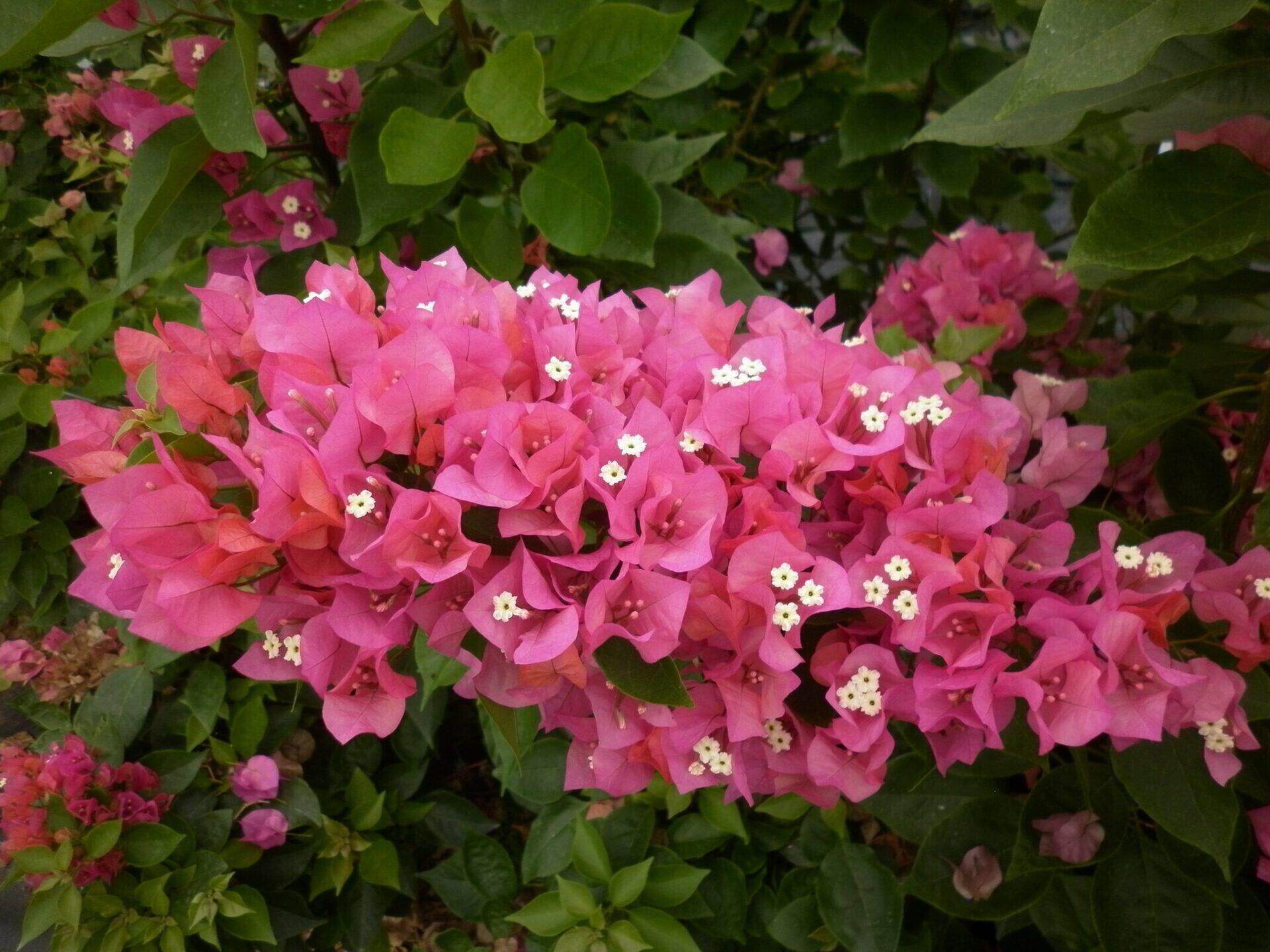

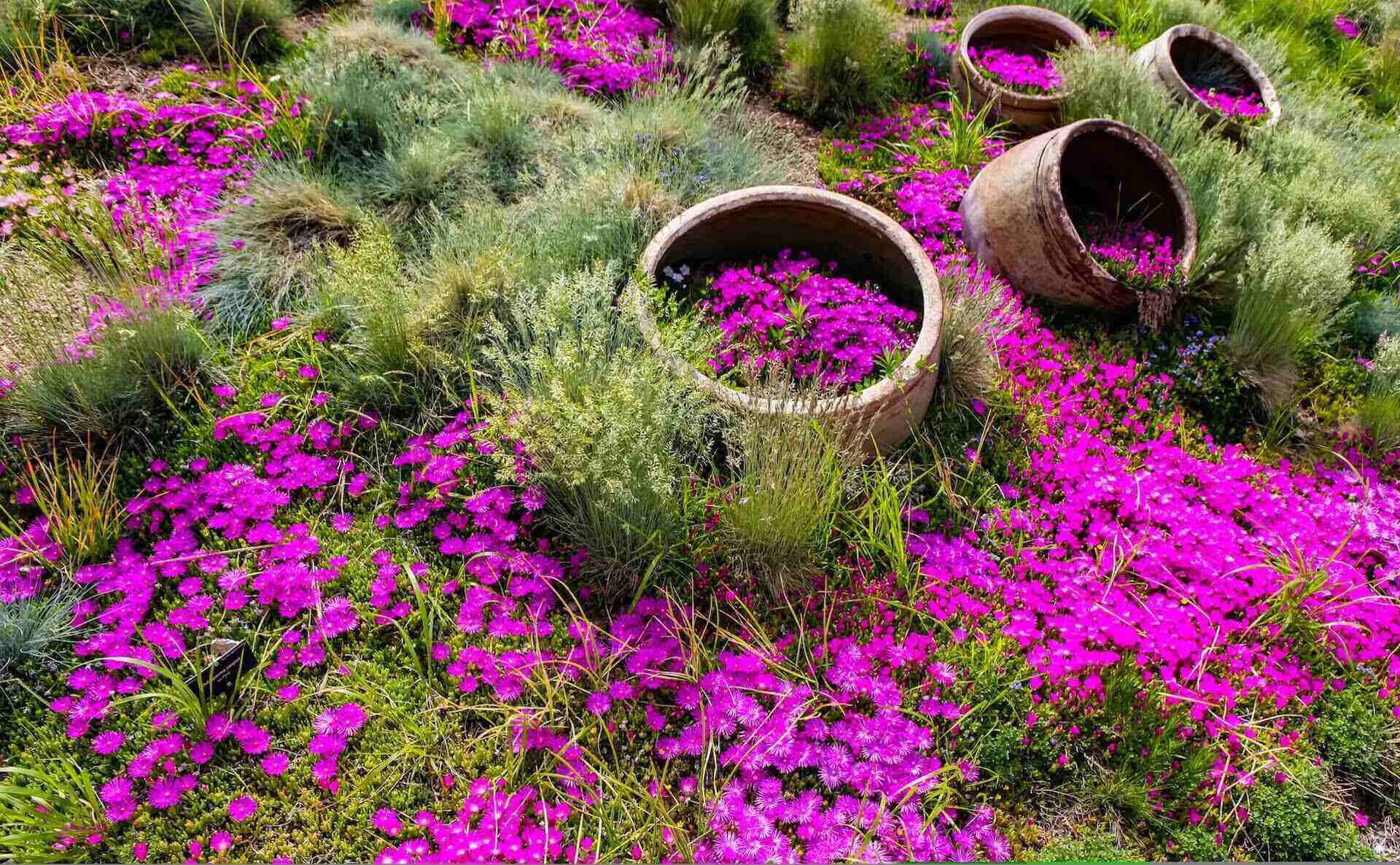
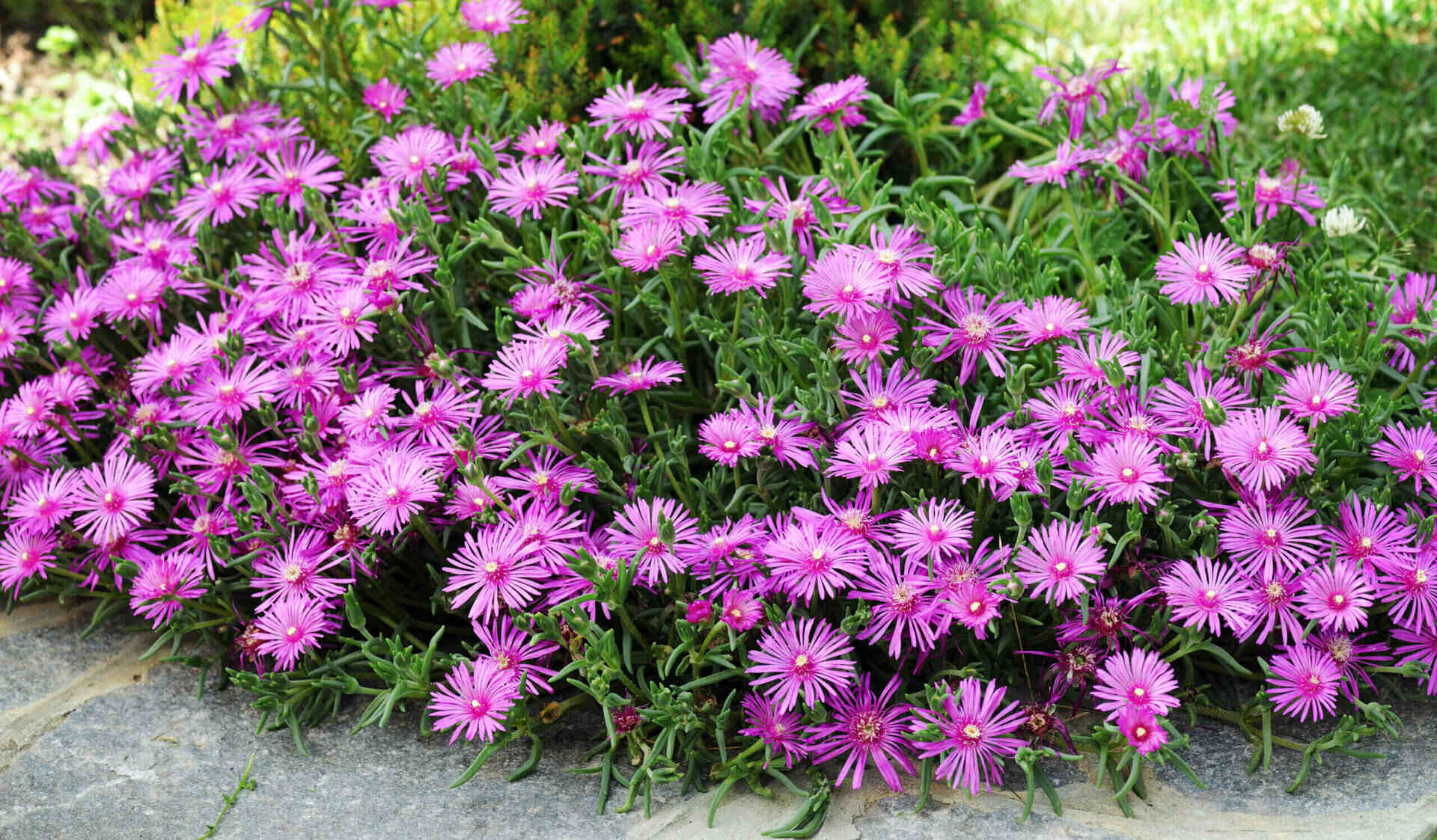
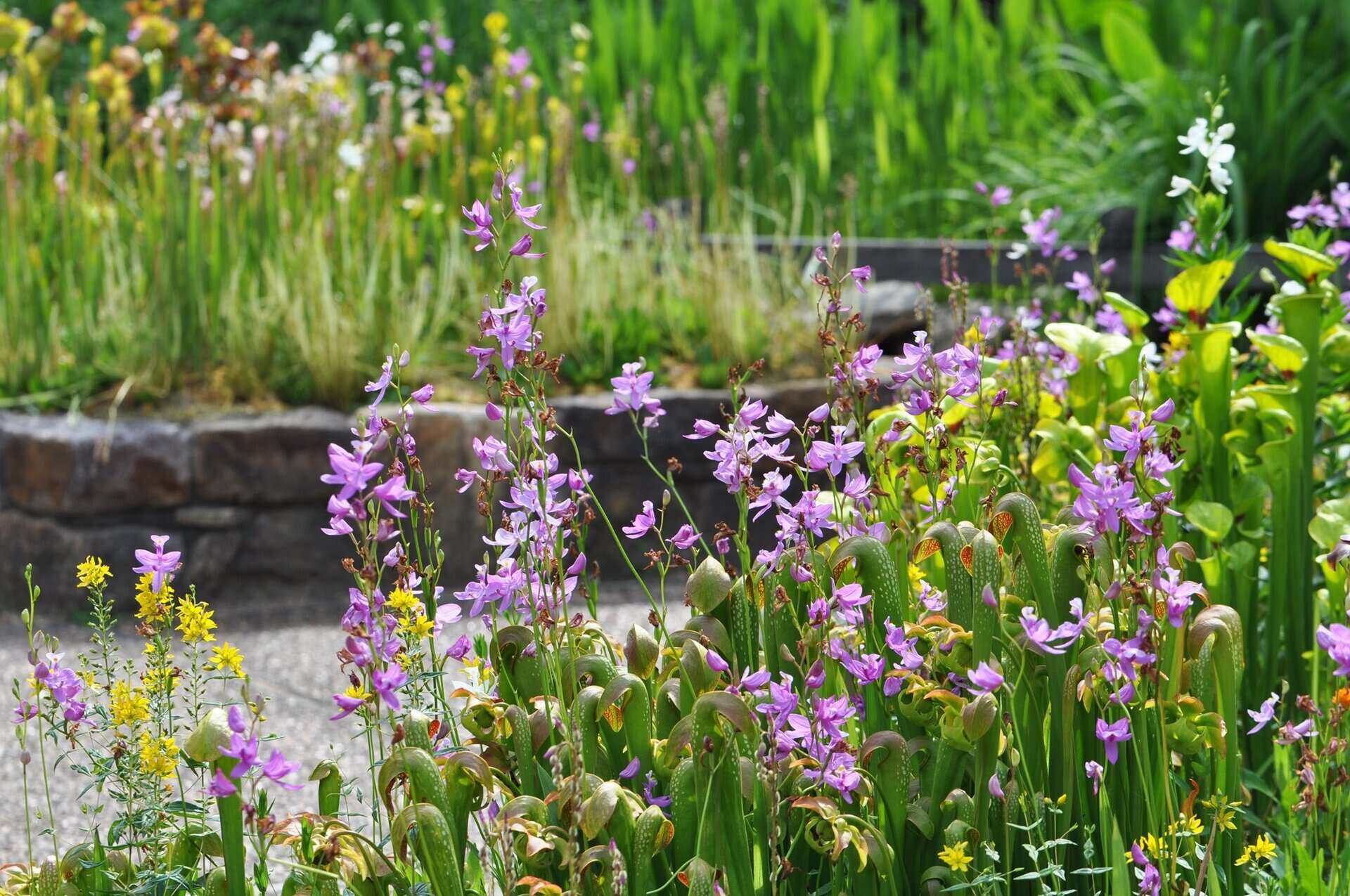
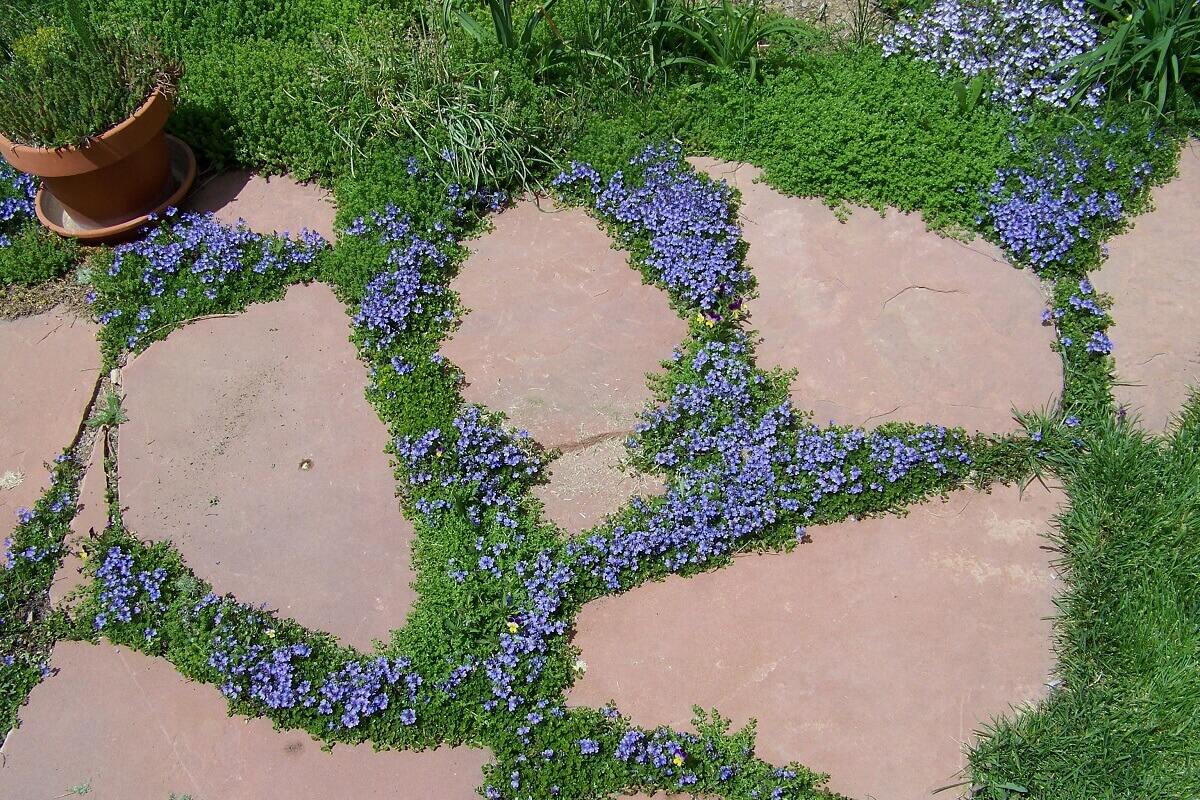
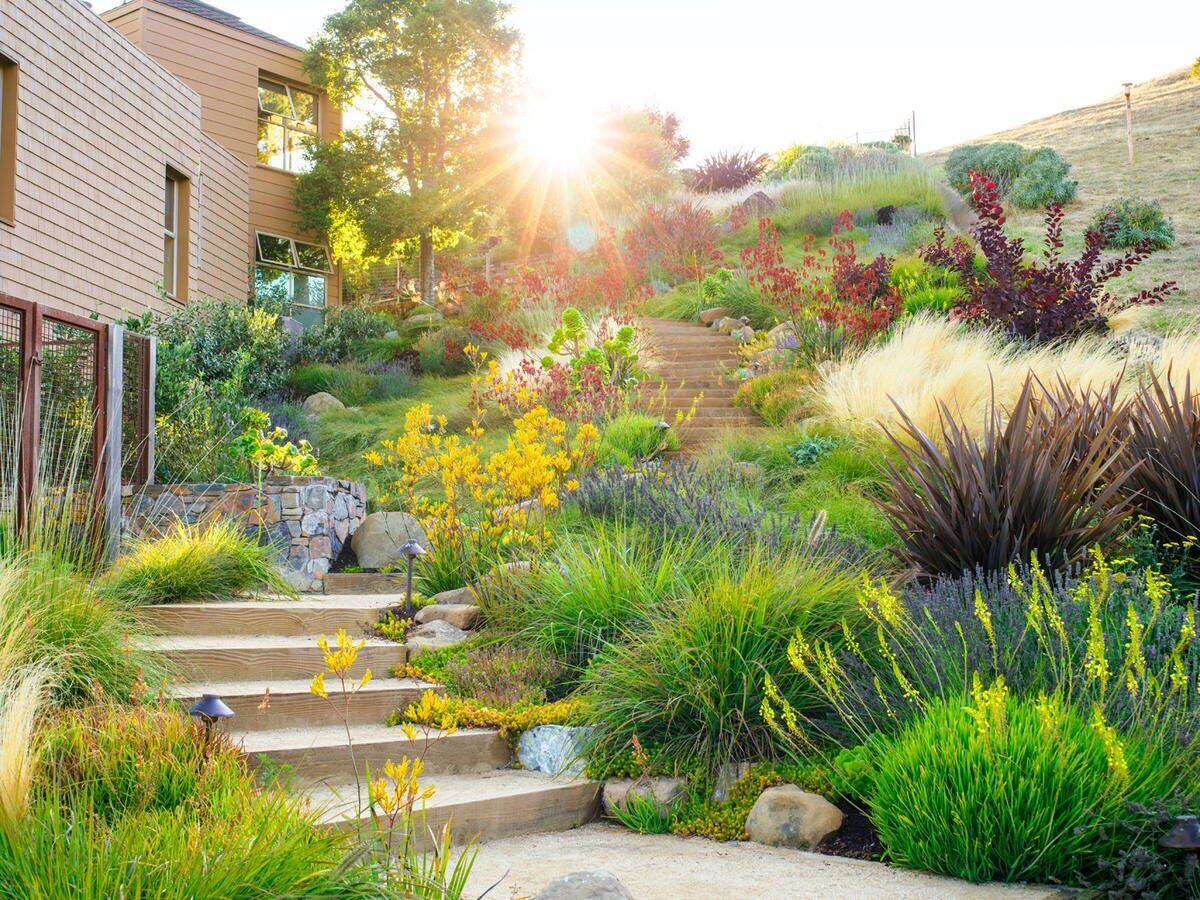
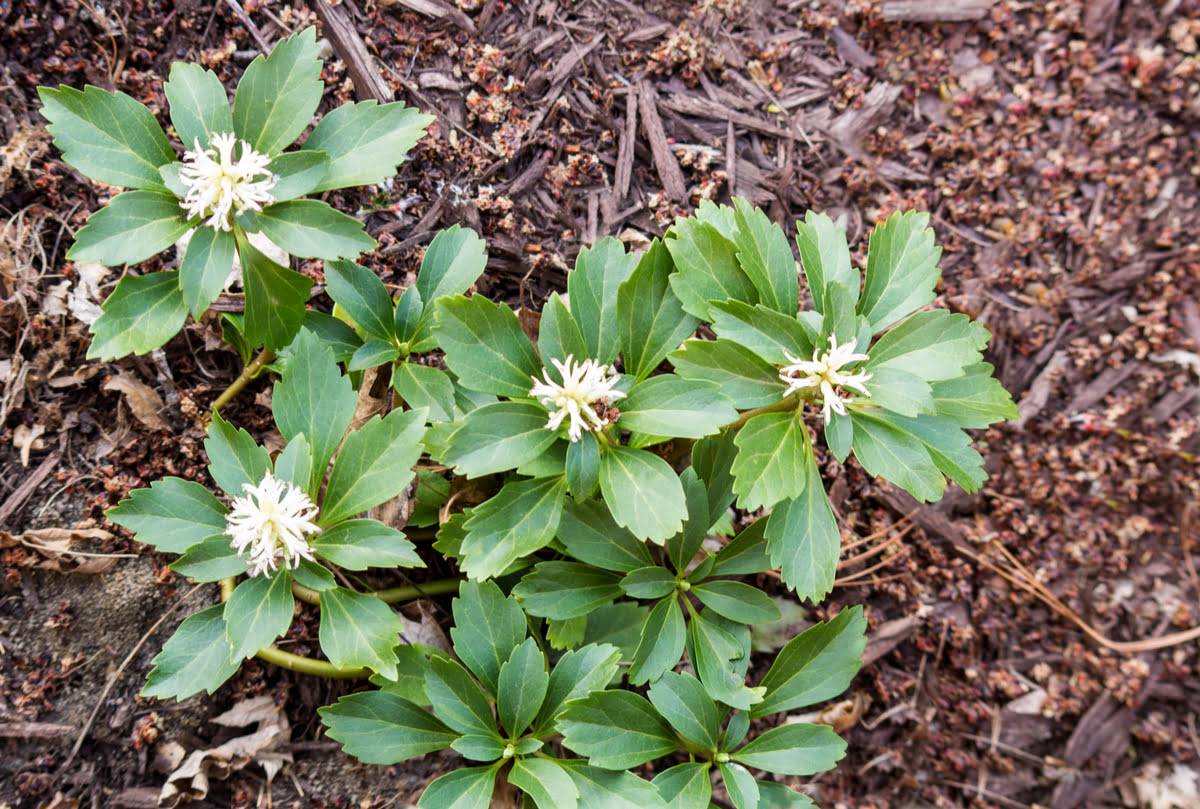
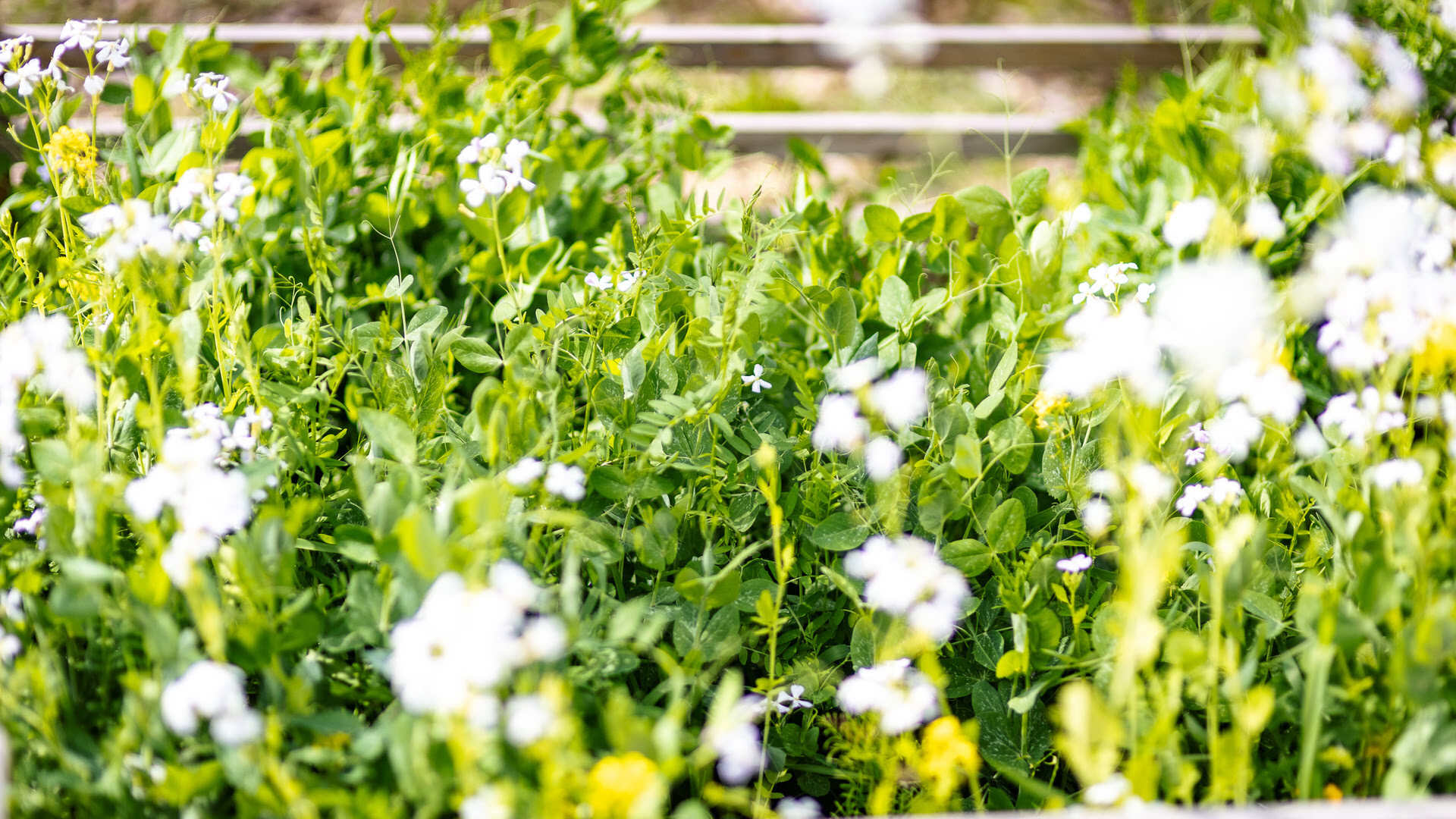
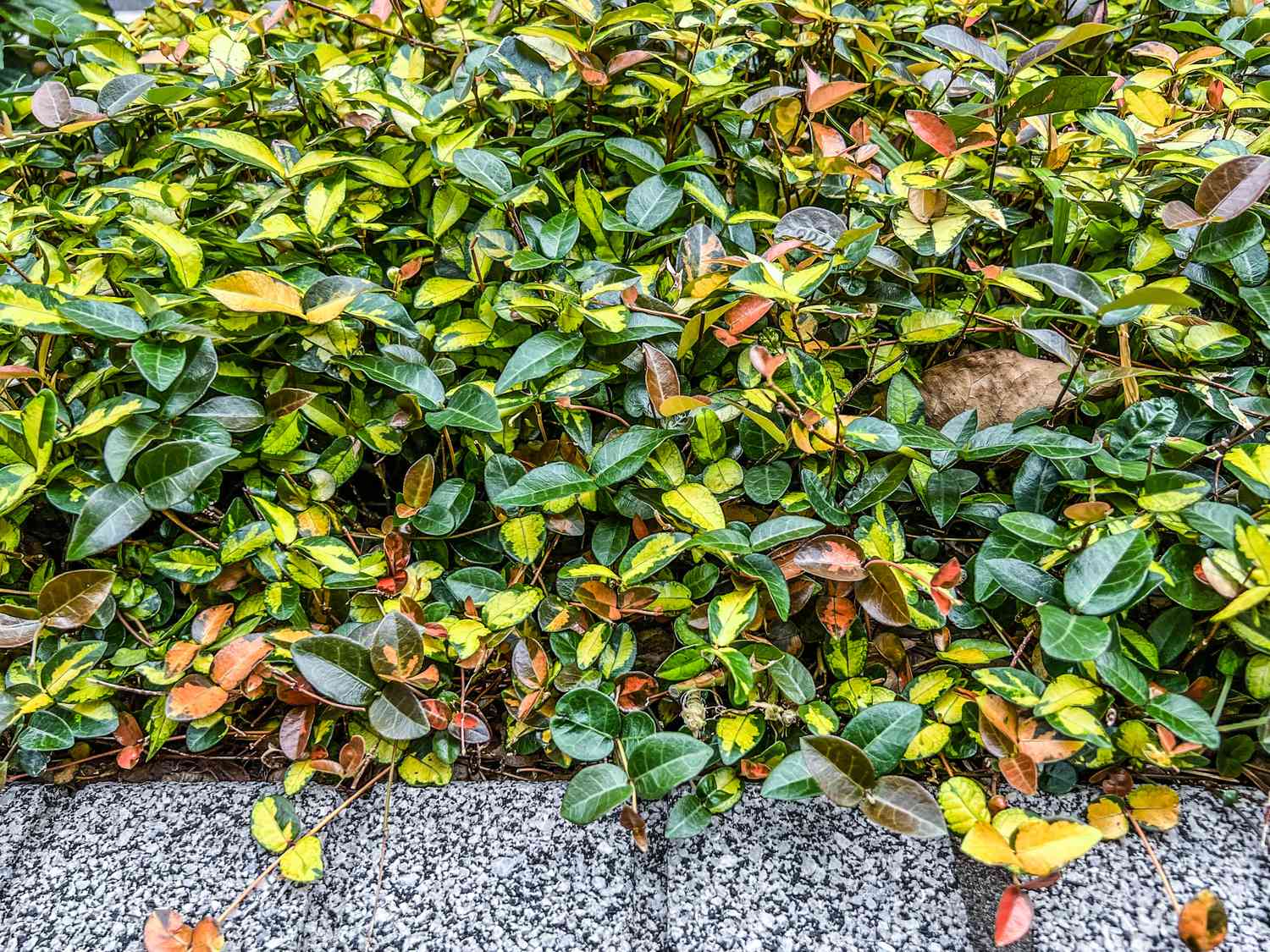


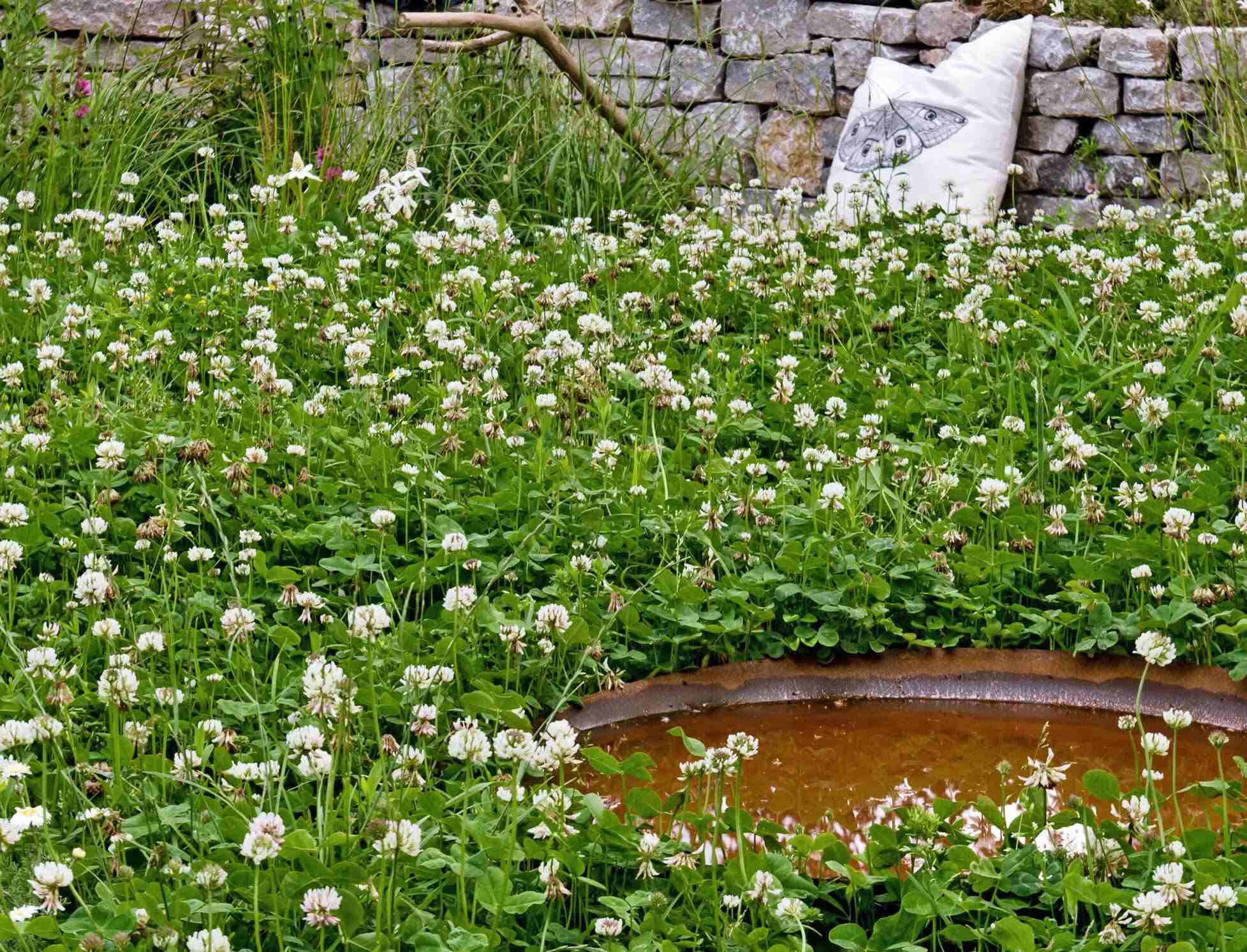


0 thoughts on “Which Grass Ground Cover Is The Best?”